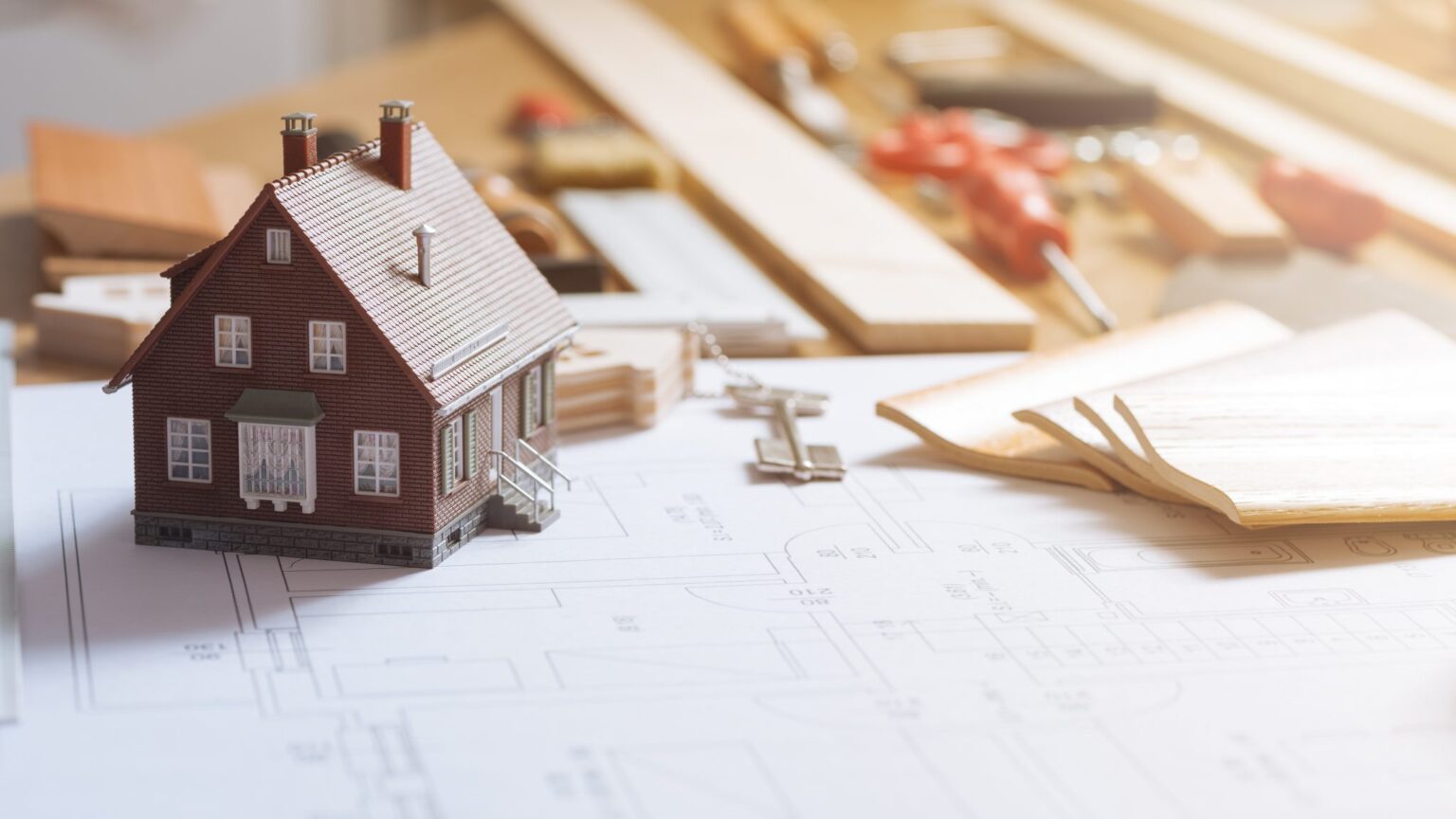
Understanding Home Renovation Loans: What You Need to Know
Home renovations can be thrilling, turning your current home into your dream abode. However, the financial aspect of such projects can be daunting. Home renovation loans are financial tools designed to bridge this gap, enabling homeowners to finance their home improvements effectively.
In this comprehensive guide, we’ll understand the nuances of home renovation loans, helping you grasp the essentials before you dive into your next big home project. This article aims to provide a clear roadmap for homeowners, from identifying the types of loans available to understanding interest rates and repayment terms.
Whether planning a minor facelift or a major overhaul, knowing the ins and outs of home renovation financing is critical to making informed decisions. Together, let’s unravel the complexities of home renovation loans to ensure that you are well-equipped for a smooth and successful home improvement journey.
What are Home Renovation Loans?
Home renovation loans are tailored financing options meant to fund improvements or repairs in a home. Unlike traditional loans, which can be used for any purpose, these loans are specific to home improvement projects. This focus means that the loan terms, interest rates, and the application process are designed considering the nature and costs of home renovations.
Types of Home Renovation Loans
- Home Equity Loans: This type of loan is secured against your home’s equity—the portion of the property you own outright. You can borrow a lump sum amount, which is ideal for large-scale renovations. The amount you can borrow is based on the equity in your home, which is calculated by subtracting the amount you owe on your loan from the current market value of your home.
- Personal Loans for Home Improvement: Personal loans are a good choice for those who do not wish to use their home as collateral or need more equity. These unsecured loans are based on creditworthiness. They have slightly higher interest rates than secured loans but are faster to obtain and don’t put your home at risk.
- Home Equity Line of Credit (HELOC): This is a revolving line of credit secured against the equity in your home. It functions much like a credit card, allowing you to borrow what you need, when you need it, up to a specific limit. This makes HELOCs particularly suitable for projects where expenses are spread over time.
How to Determine the Loan Amount?
Estimating the cost of your renovation project is a critical first step in determining how much to borrow. This estimate should include materials, labour, permits, and other related expenses. It’s also wise to add a contingency fund of about 10-20% of the total project cost to cover unexpected expenses that often arise during renovations. This foresight helps ensure that you borrow enough to complete your project without additional financing.
Understanding Interest Rates and Repayment Terms
Interest rates for home renovation loans vary significantly based on the type of loan, credit score, and market conditions. Typically, secured loans like home equity loans and HELOCs offer lower interest rates, as they use your home as collateral. Unsecured personal loans, on the other hand, provide quick funding without the need for collateral.
Your credit score is a crucial factor in securing favourable interest rates – a higher score generally leads to lower interest rates, reducing the overall cost of the loan. Repayment terms also differ across loan types. Equity loans usually have extended repayment periods with fixed interest rates, providing stable monthly payments. HELOCs may have interest-only payments initially, followed by principal and interest repayment. Personal loans, appealing for their flexibility, typically feature shorter repayment terms (2 to 5 years). This leads to quicker loan payoff and less accrued interest, making them suitable for smaller or short-term projects.
The Loan Application Process
The application process for a home renovation loan depends on the type of loan you opt for. For home equity loans and HELOCs, you might need a home appraisal to determine the current market value of your home and the amount of equity available. These loans also require thorough documentation of your financial status, including proof of income, employment, and credit history.
For personal loans, the focus is primarily on your credit score and income. Lenders will thoroughly assess your debt-to-income ratio to determine your loan repayment ability. Moreover, the application process for personal loans is usually faster and involves less paperwork than secured loans.
Navigating Home Renovation Loans with Ease
Understanding home renovation loans is crucial for any homeowner embarking on a home improvement journey. These loans, whether secured or unsecured, offer different benefits and challenges, making it essential to choose one that aligns with your financial situation and renovation goals. By comprehensively understanding the various types of home renovation loans and the application process, you’re better equipped to make informed decisions for your home renovation project.
If you’re looking for a user-friendly and accessible option, digital lenders like KreditBee offer personalised loan solutions tailored to your unique needs. With a streamlined application process and flexible terms, KreditBee simplifies the journey to obtaining a home renovation loan, ensuring your dream home is within reach. Remember, the proper financial planning and partner can transform your renovation experience from daunting to fulfilling.



